Home>Gardening & Outdoor>Landscaping Ideas>What Height To Cut My Grass In Spring
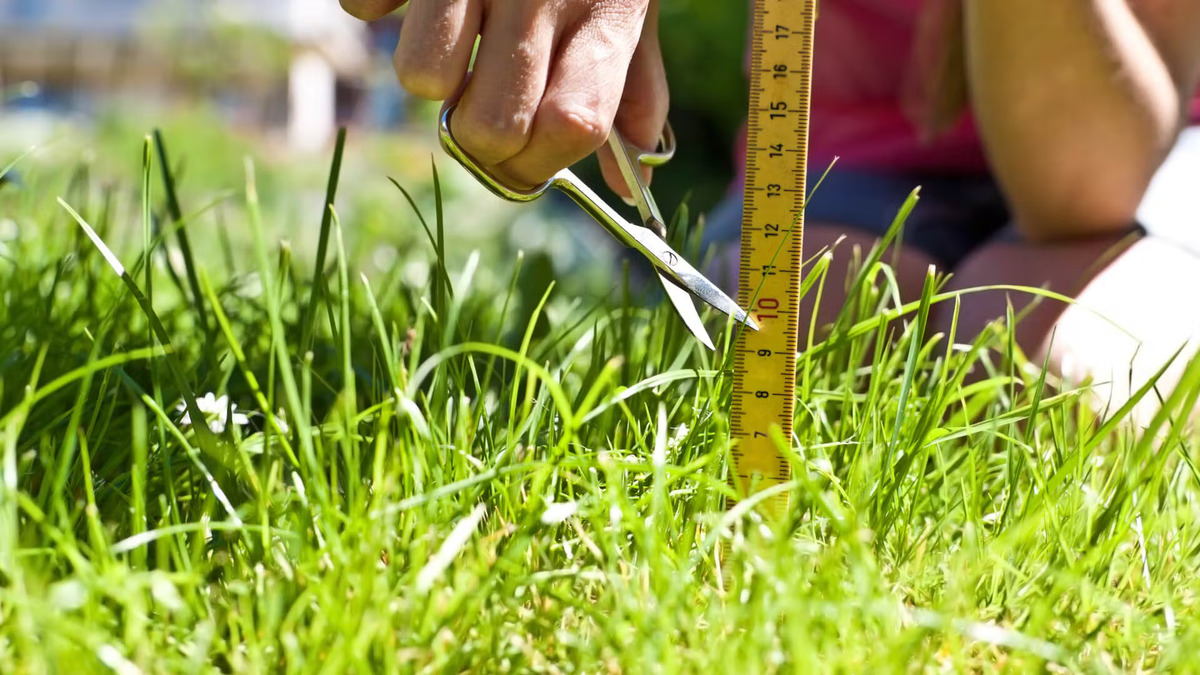

Landscaping Ideas
What Height To Cut My Grass In Spring
Modified: February 18, 2024
Discover the best landscaping ideas for spring grass cutting heights. Learn how to maintain a healthy lawn with our expert tips. Achieve the perfect height for your grass this season!
(Many of the links in this article redirect to a specific reviewed product. Your purchase of these products through affiliate links helps to generate commission for Storables.com, at no extra cost. Learn more)
Introduction
When spring arrives and the world begins to awaken from its winter slumber, it's the perfect time to tend to your lawn and breathe new life into your outdoor space. One of the key considerations for maintaining a healthy and vibrant lawn is determining the ideal height at which to cut your grass. This seemingly simple decision can significantly impact the overall health and appearance of your lawn throughout the growing season.
As you prepare to embark on your spring lawn care routine, it's essential to understand the factors that influence the optimal grass height, the recommended height for different types of grass, and the benefits of adhering to these guidelines. By gaining insight into these aspects, you can ensure that your lawn flourishes and remains resilient against environmental stressors.
Join me as we delve into the art and science of grass cutting, exploring the intricacies of grass height and discovering the secrets to a lush, verdant lawn that will be the envy of the neighborhood.
Key Takeaways:
- Choose the right grass height based on type, climate, and soil for a lush, resilient lawn that withstands seasonal changes and usage.
- Follow recommended grass heights and maintenance tips to promote root development, weed suppression, and a beautiful, low-maintenance lawn all season long.
Read more: What Height To Cut My Bermuda Grass
Factors to Consider
When determining the ideal grass height to aim for during springtime mowing, several crucial factors come into play. Understanding these factors is essential for making informed decisions that will promote the health and vitality of your lawn.
- Grass Type: Different grass species have varying growth habits and ideal cutting heights. For example, cool-season grasses such as Kentucky bluegrass and fescue thrive when kept relatively tall, while warm-season grasses like Bermuda grass and Zoysia grass prefer a shorter mowing height.
- Climate: The climate of your region influences the growth patterns of your grass. Warmer climates may necessitate different mowing heights compared to cooler regions. Understanding the climate’s impact on grass growth is crucial for determining the optimal cutting height.
- Seasonal Changes: Grass growth rates fluctuate throughout the year, with spring typically being a period of vigorous growth. Adjusting your mowing height to accommodate these seasonal changes is vital for maintaining a well-manicured lawn.
- Soil Conditions: The health and quality of your soil can affect how your grass responds to mowing. Soil that is rich in nutrients and well-draining can support healthier grass, influencing the ideal mowing height.
- Lawn Usage: Consider how your lawn is used. If it serves as a play area for children or pets, a slightly taller mowing height can help the grass withstand foot traffic and other forms of activity.
By taking these factors into account, you can tailor your mowing practices to suit the specific needs of your lawn, setting the stage for a season of lush, resilient grass that enhances the beauty of your outdoor space.
Recommended Grass Height
The recommended grass height for your lawn depends on the type of grass you have. Here are the general guidelines for some common grass species:
- Kentucky Bluegrass: This popular cool-season grass thrives when maintained at a height of 2.5 to 3.5 inches. Keeping it at this height promotes a deep root system and helps it withstand periods of drought.
- Fescue: Tall fescue, a cool-season grass known for its adaptability, typically benefits from a mowing height of 3 to 4 inches. This slightly taller height aids in moisture retention and provides a cushioning effect.
- Bermuda Grass: As a warm-season grass, Bermuda grass prefers a shorter mowing height of around 1.5 to 2 inches. This height promotes a dense, carpet-like appearance and helps the grass outcompete weeds.
- Zoysia Grass: Another warm-season favorite, Zoysia grass, thrives when maintained at a height of 1 to 2 inches. This height encourages a lush, uniform appearance and enhances the grass’s ability to resist pests and diseases.
It’s important to note that these are general recommendations, and specific cultivars within each grass species may have slightly different height preferences. Consulting with a local horticultural expert or extension service can provide valuable insights tailored to your region and grass type.
By adhering to these recommended grass heights, you can promote the overall health and resilience of your lawn, setting the stage for a season of robust growth and vibrant greenery.
In the spring, it’s best to cut your grass to a height of 2-3 inches. This encourages healthy growth and helps prevent weeds from taking over.
Benefits of Cutting at the Recommended Height
Adhering to the recommended grass height for your specific grass type offers a multitude of benefits that contribute to the overall health and appearance of your lawn.
- Root Development: Maintaining the grass at the appropriate height encourages the development of robust root systems. Deeper roots enhance the grass’s ability to access water and nutrients, promoting resilience during periods of stress such as drought.
- Weed Suppression: Proper mowing heights help create a dense, healthy turf that can effectively outcompete weeds. By shading the soil and preventing weed seeds from germinating, well-maintained grass at the recommended height acts as a natural weed deterrent.
- Drought Tolerance: Grass with adequate height develops stronger, more extensive root systems, enabling it to withstand dry spells more effectively. This can reduce the need for excessive watering and contribute to water conservation efforts.
- Appearance: Mowing at the recommended height promotes a lush, uniform lawn with a tidy, manicured appearance. Well-maintained grass enhances the aesthetic appeal of your outdoor space, creating an inviting environment for relaxation and recreation.
- Resilience: Grass that is kept at the appropriate height exhibits greater resilience against environmental stressors, pests, and diseases. This resilience can minimize the need for chemical interventions, contributing to a more environmentally friendly lawn care approach.
By recognizing and capitalizing on the benefits of cutting your grass at the recommended height, you can cultivate a lawn that not only looks stunning but also thrives in the face of various challenges, ultimately reducing the need for extensive maintenance and interventions.
Tips for Maintaining the Ideal Grass Height
Ensuring that your lawn maintains the ideal grass height involves more than just periodic mowing. Implementing the following tips can help you achieve and sustain the perfect grass height for a healthy, vibrant lawn:
- Regular Mowing: Establish a consistent mowing schedule to prevent the grass from growing too tall. Avoid removing more than one-third of the grass blade in a single mowing session, as excessively removing leaf tissue can stress the grass and impede its growth.
- Sharp Blades: Keep your lawn mower blades sharp to achieve clean, precise cuts. Dull blades can tear the grass, leading to ragged edges that are more susceptible to disease and moisture loss.
- Mowing When Dry: Aim to mow your lawn when the grass is dry to minimize clumping and ensure an even cut. Wet grass can result in uneven mowing patterns and may lead to the spread of fungal diseases.
- Alternate Mowing Patterns: Vary your mowing direction with each session to prevent the grass from developing a grain and to encourage upright growth. This practice also helps distribute wear and tear on the lawn.
- Leave Clippings on the Lawn: Consider leaving grass clippings on the lawn after mowing. When finely chopped, these clippings can decompose quickly, returning valuable nutrients to the soil and reducing the need for fertilizer.
- Adjust Mowing Height Seasonally: In response to seasonal changes, adjust your mowing height accordingly. As the weather warms and grass growth accelerates in spring, raise the cutting height to promote healthy growth and root development.
- Monitor Soil Moisture: Pay attention to soil moisture levels and avoid mowing when the ground is excessively dry, as this can stress the grass. Adequate soil moisture supports the grass’s recovery after mowing.
By incorporating these tips into your lawn care regimen, you can effectively maintain the ideal grass height, fostering a resilient, visually appealing lawn that serves as a source of pride and enjoyment.
Read more: What Height To Cut Grass
Conclusion
As you embark on your spring lawn care journey, the decision of what height to cut your grass is a pivotal one that can significantly impact the health and appearance of your lawn. By considering factors such as grass type, climate, and seasonal changes, you can tailor your mowing practices to meet the specific needs of your lawn, setting the stage for a season of lush, resilient growth.
Adhering to the recommended grass height for your specific grass type offers a multitude of benefits, including enhanced root development, weed suppression, and improved drought tolerance. By recognizing and capitalizing on these benefits, you can cultivate a lawn that not only looks stunning but also thrives in the face of various challenges, ultimately reducing the need for extensive maintenance and interventions.
To maintain the ideal grass height, implementing tips such as regular mowing, using sharp blades, and adjusting mowing height seasonally can make a substantial difference in the health and appearance of your lawn. These practices, when combined with a keen understanding of your lawn’s unique requirements, can lead to a vibrant, resilient lawn that enhances the beauty of your outdoor space.
As you embark on this journey, remember that the art of lawn care is a harmonious blend of science and intuition. By nurturing your lawn with care and consideration, you can create an outdoor oasis that invites relaxation, recreation, and natural beauty.
So, as the scent of freshly cut grass fills the air and the sun illuminates the emerald expanse of your lawn, take pride in knowing that your thoughtful approach to grass cutting has set the stage for a season of flourishing, verdant splendor.
Frequently Asked Questions about What Height To Cut My Grass In Spring
Was this page helpful?
At Storables.com, we guarantee accurate and reliable information. Our content, validated by Expert Board Contributors, is crafted following stringent Editorial Policies. We're committed to providing you with well-researched, expert-backed insights for all your informational needs.

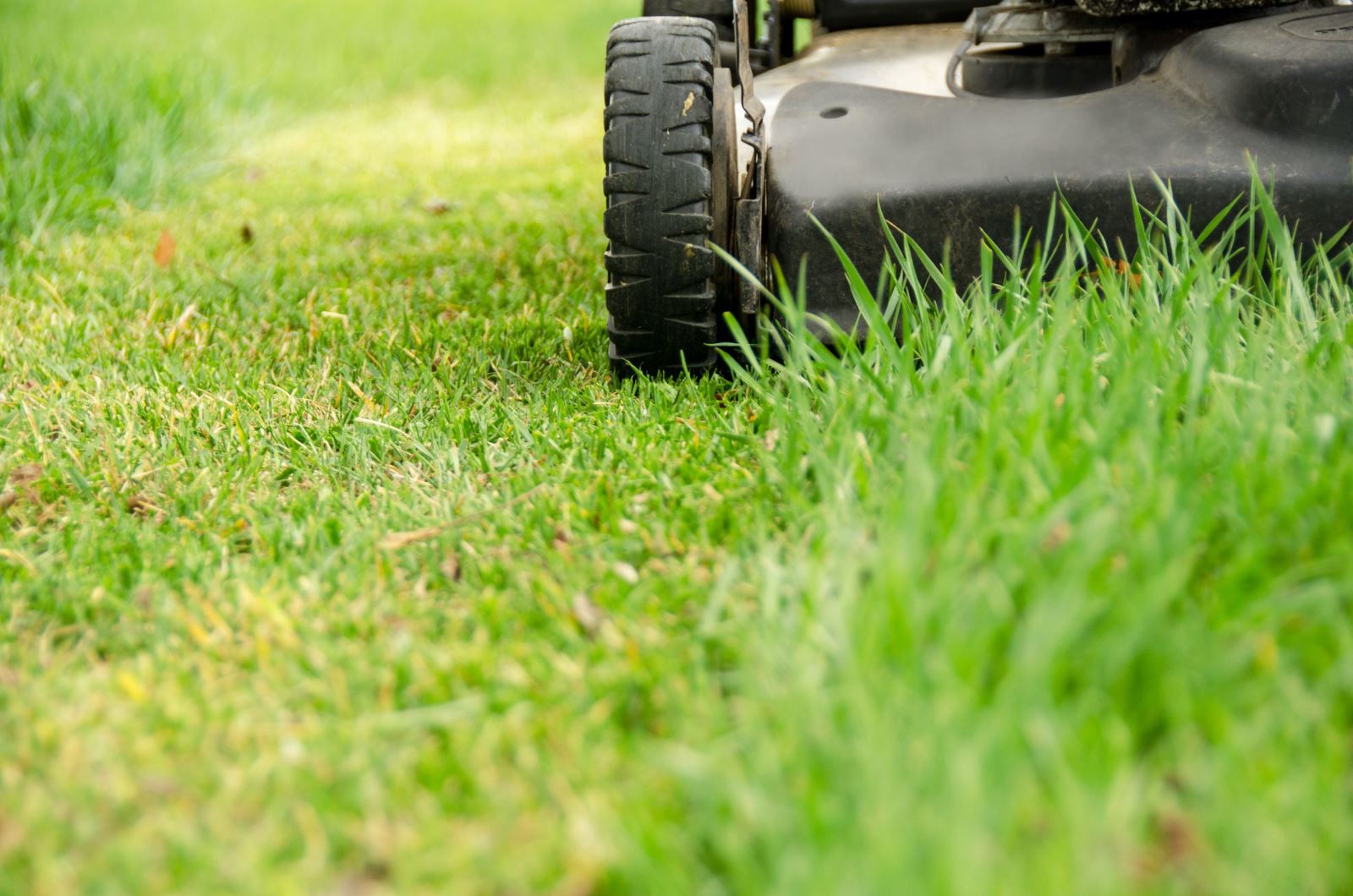
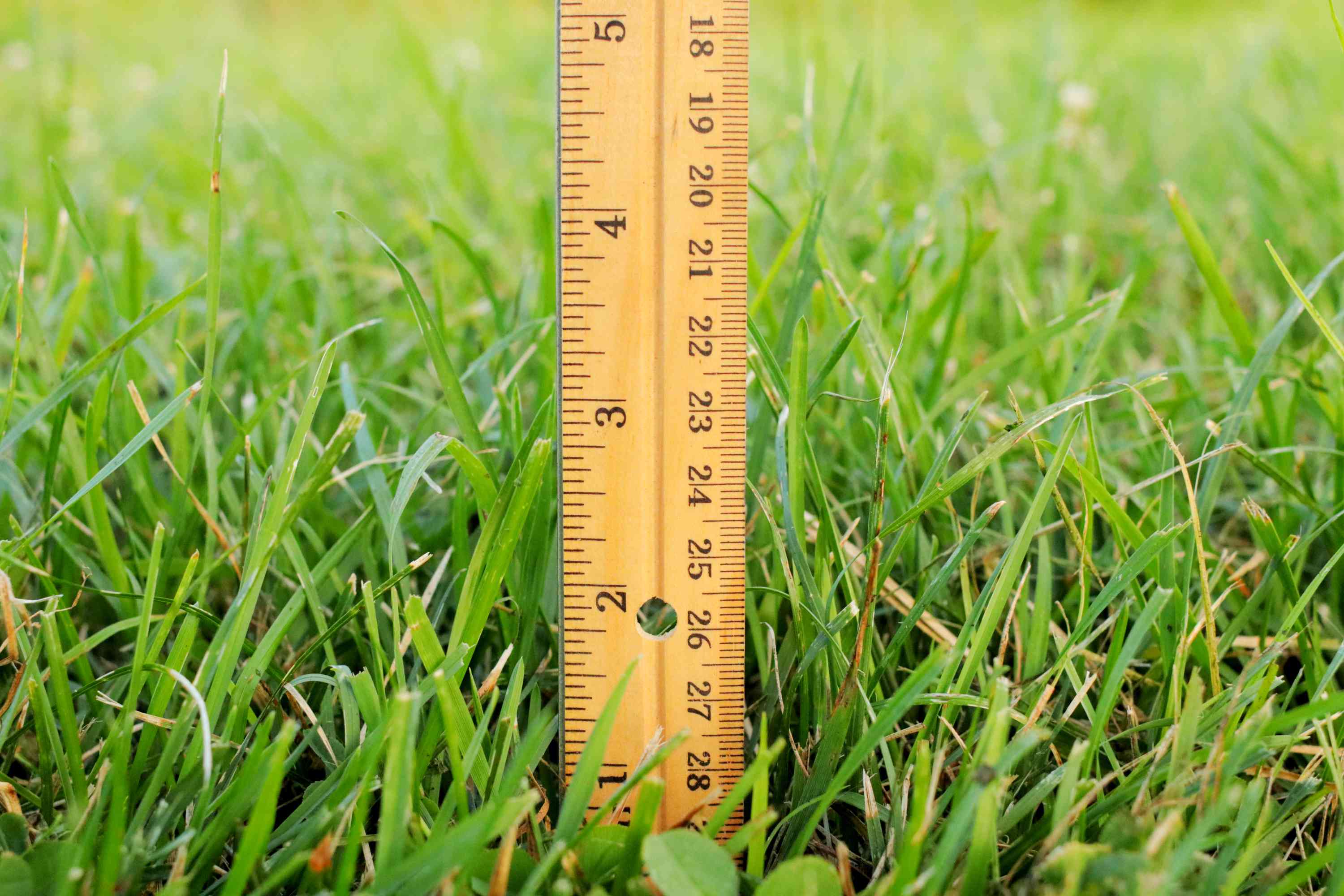
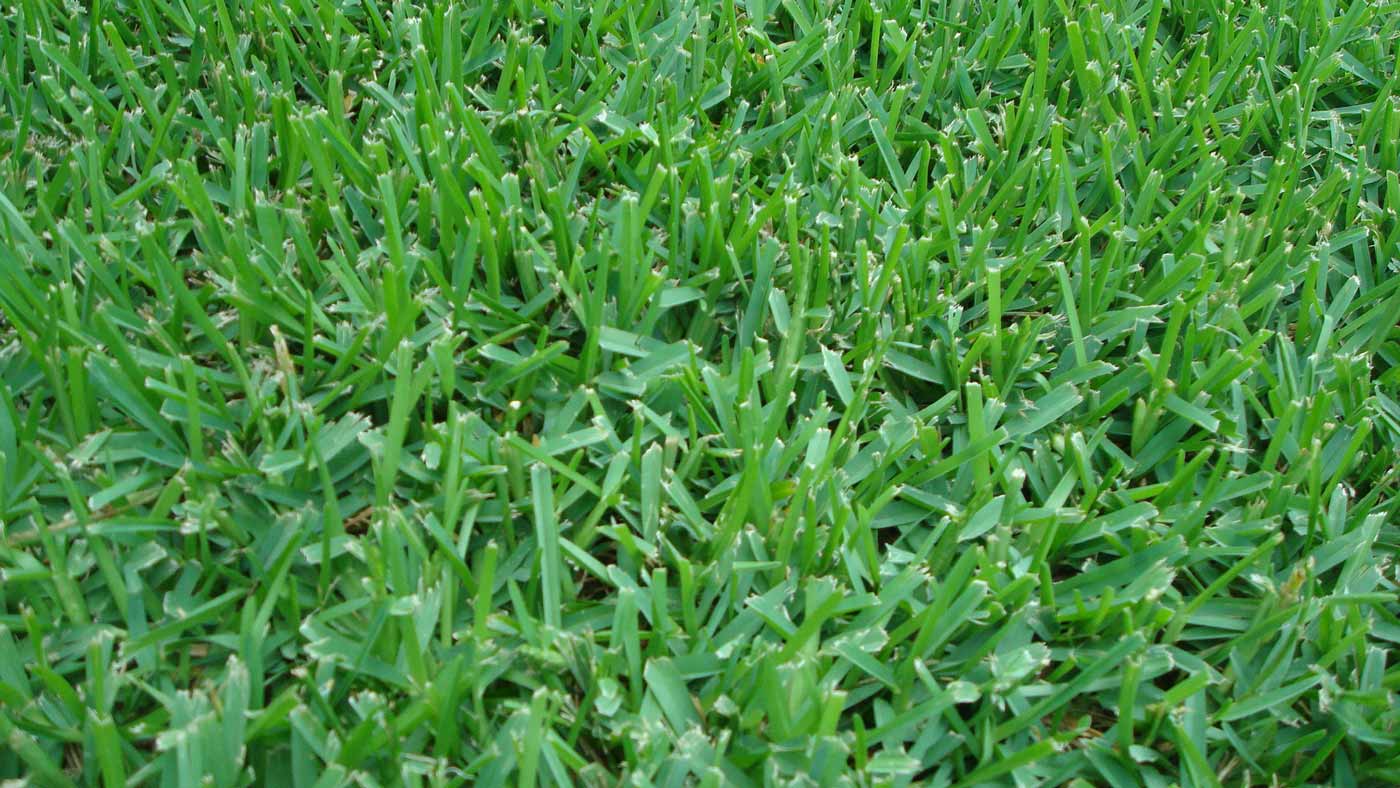

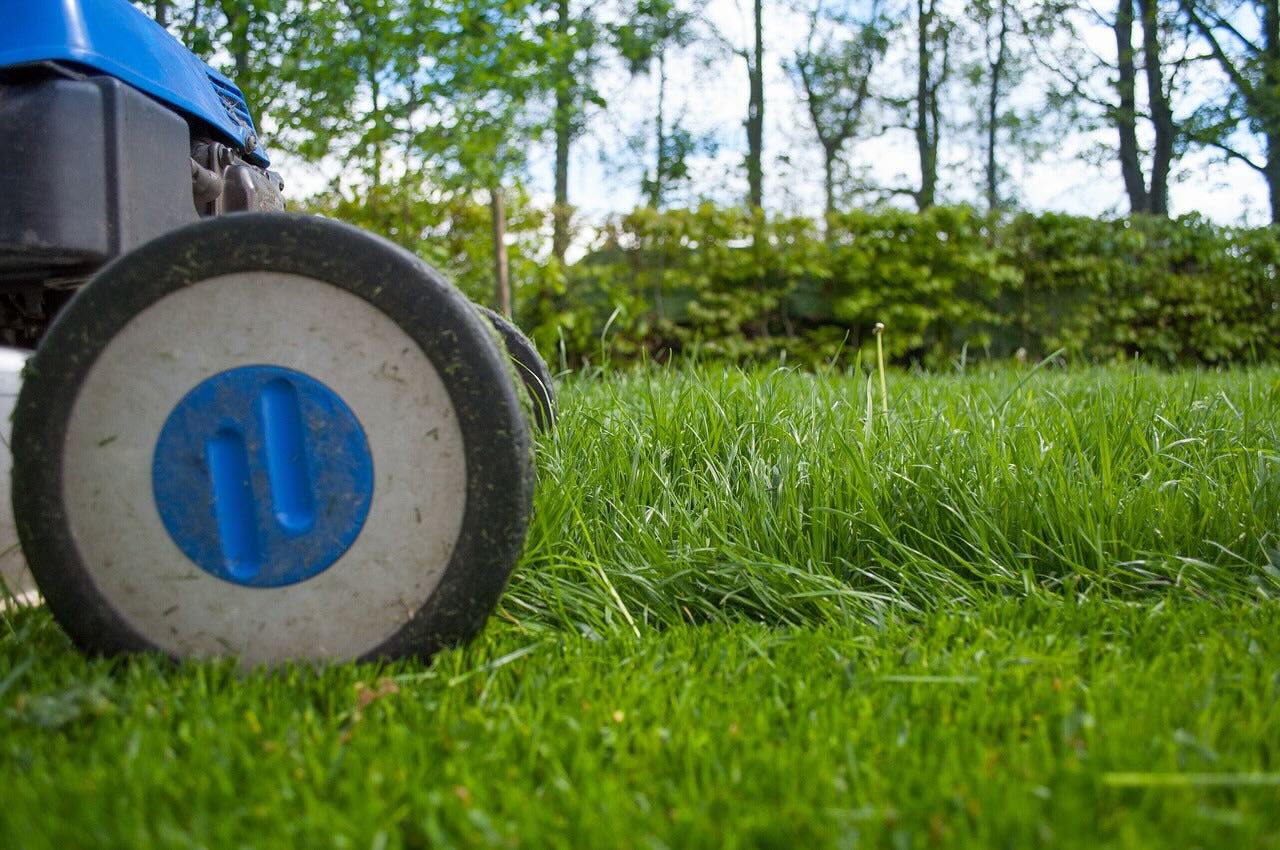

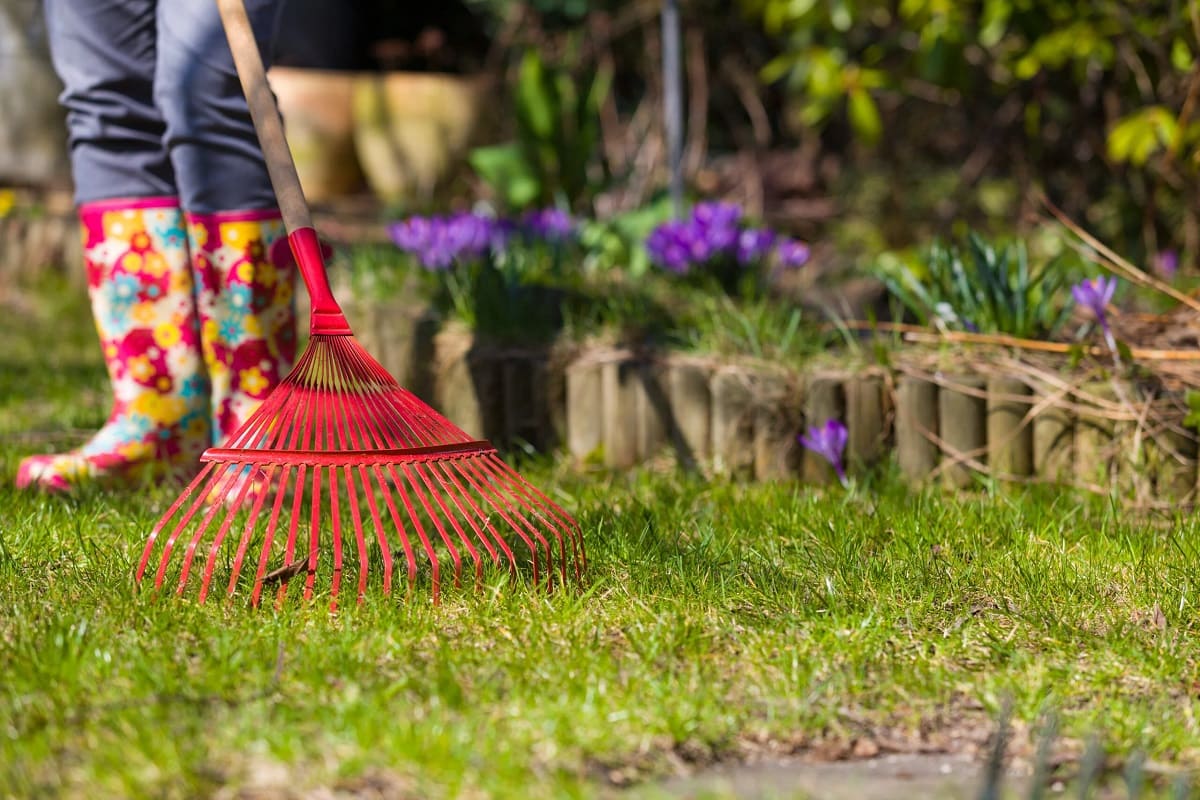
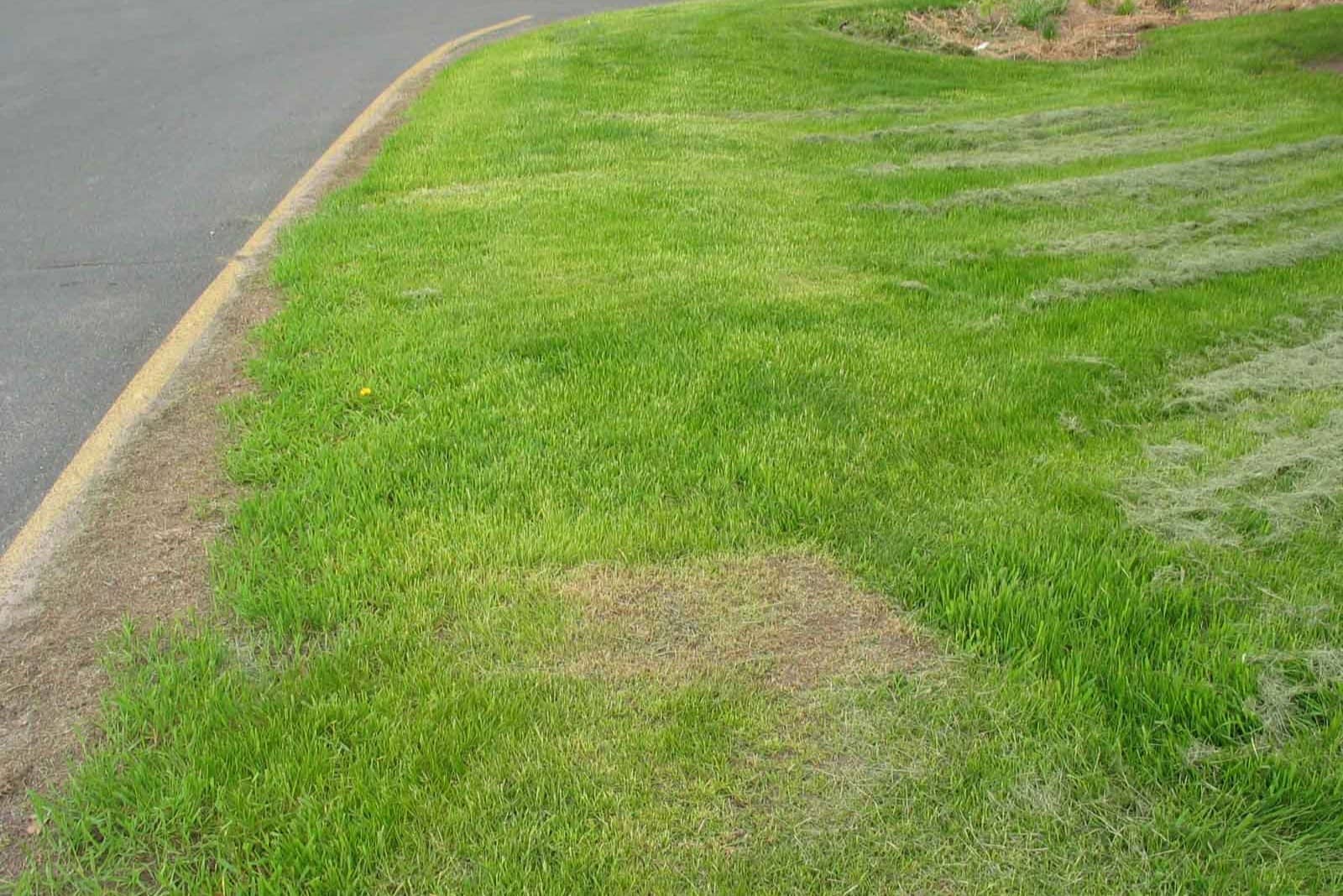
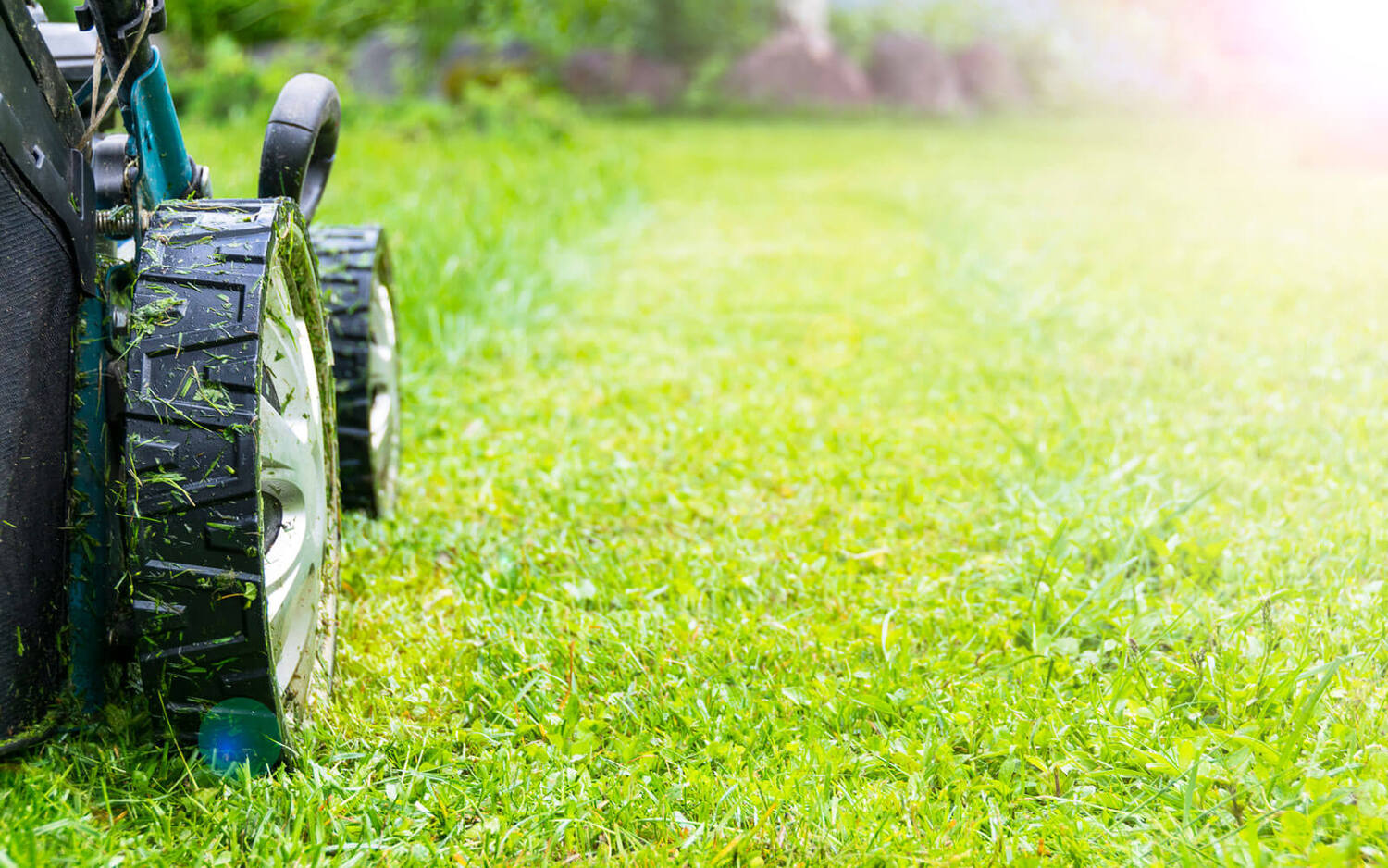

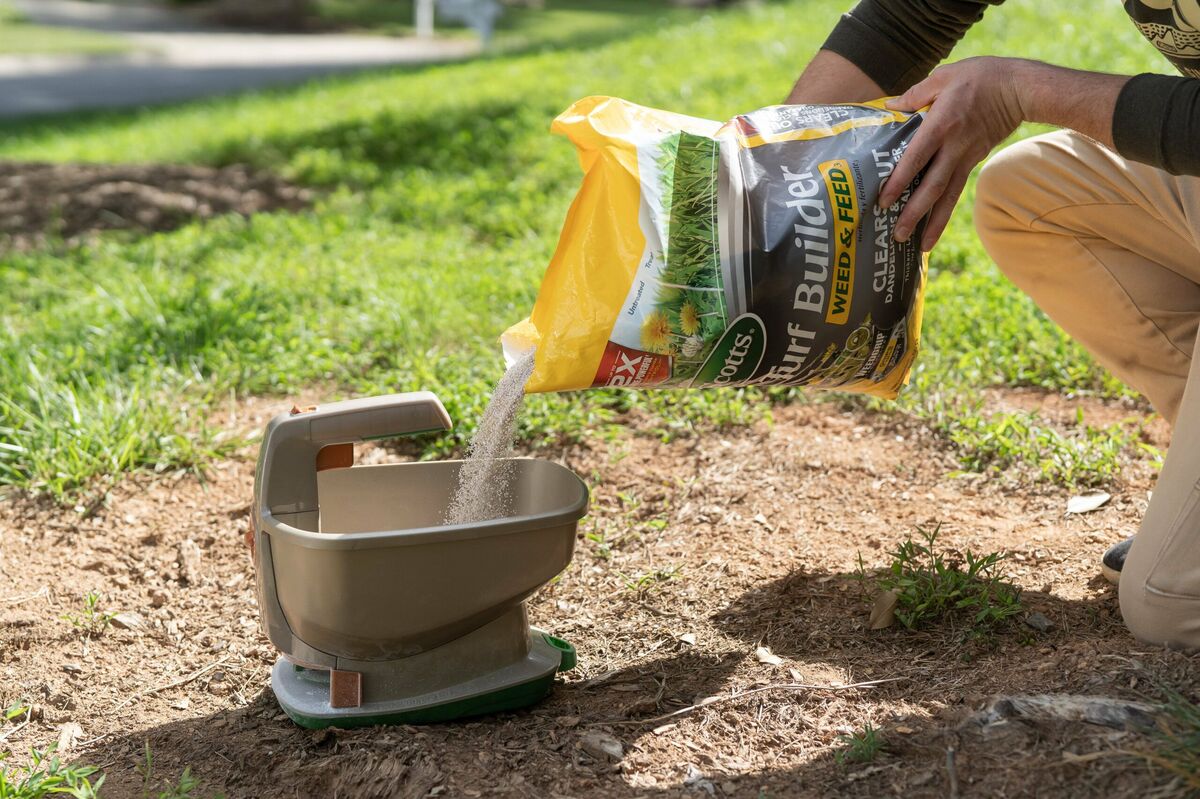



0 thoughts on “What Height To Cut My Grass In Spring”